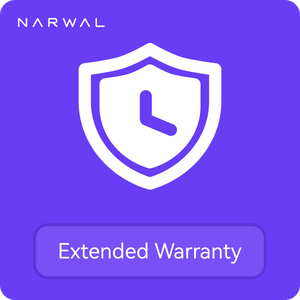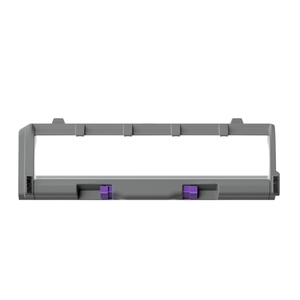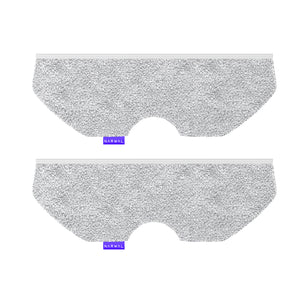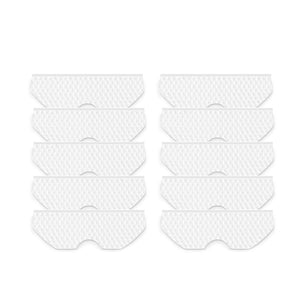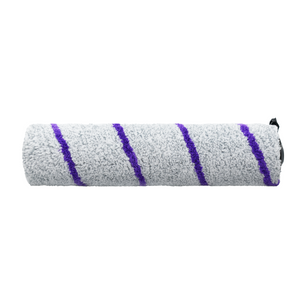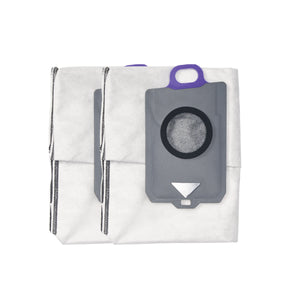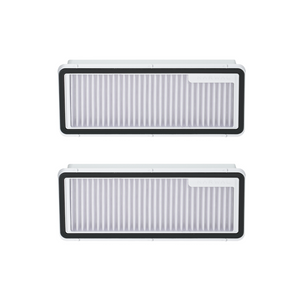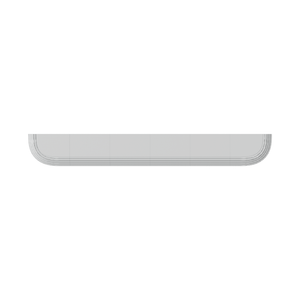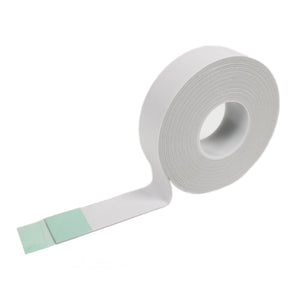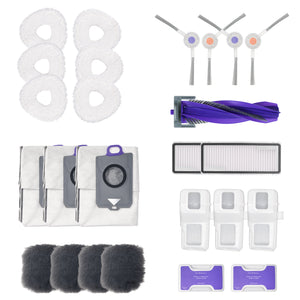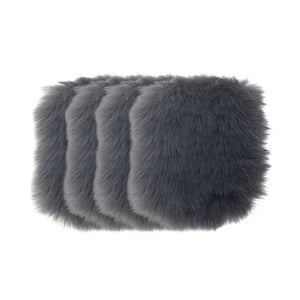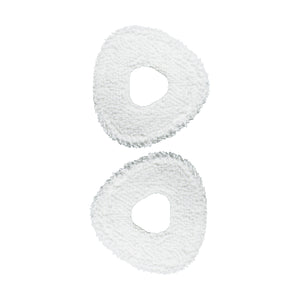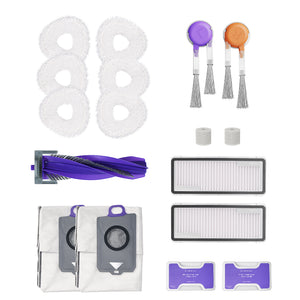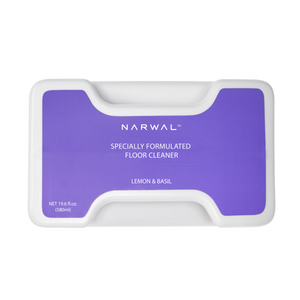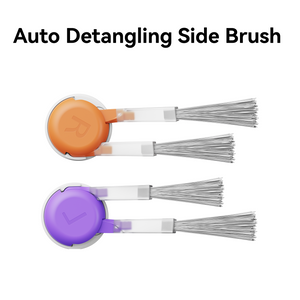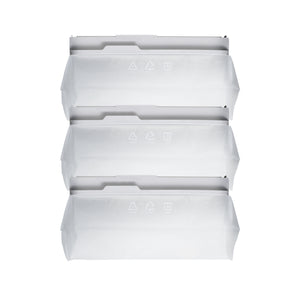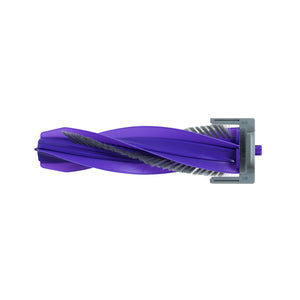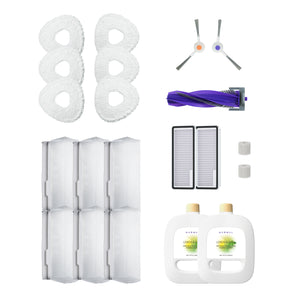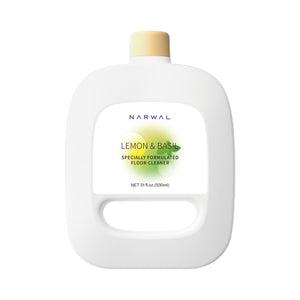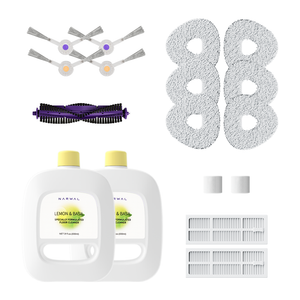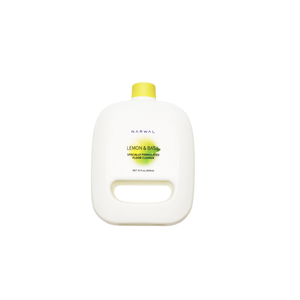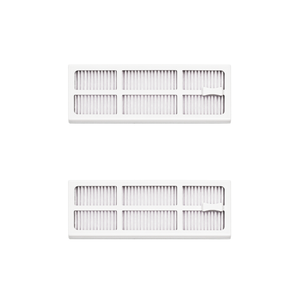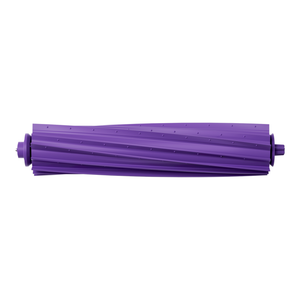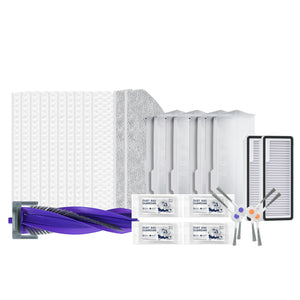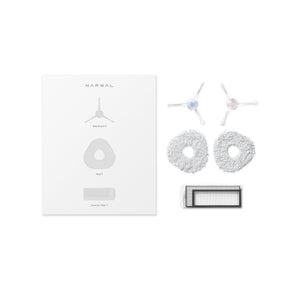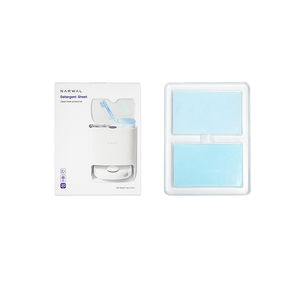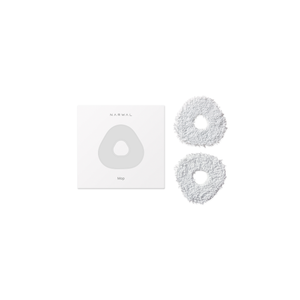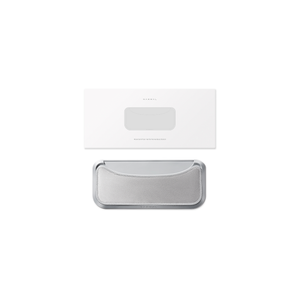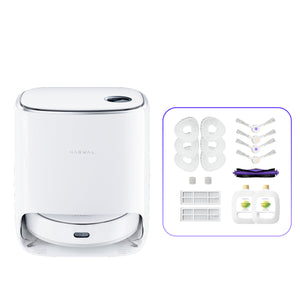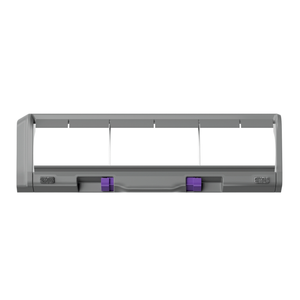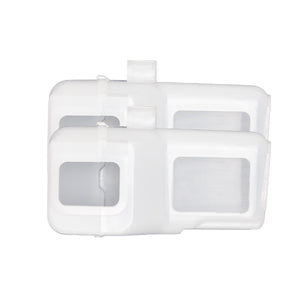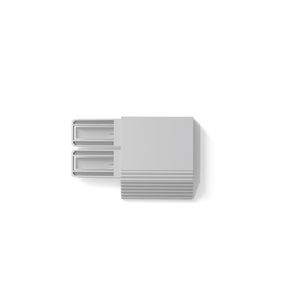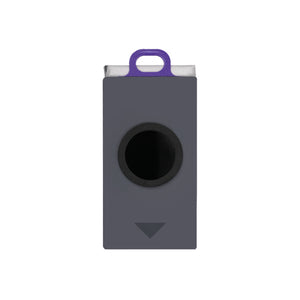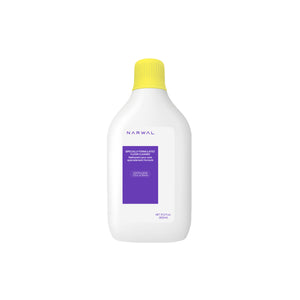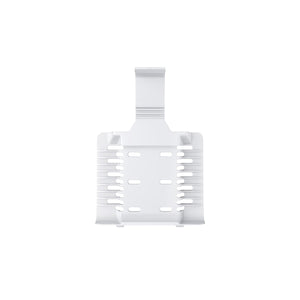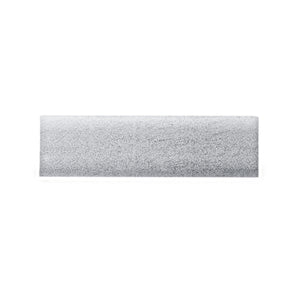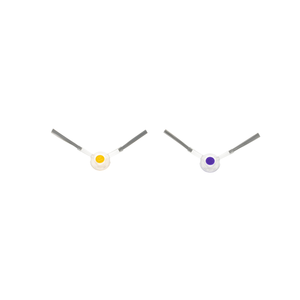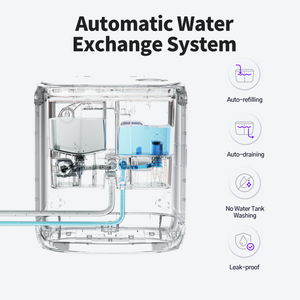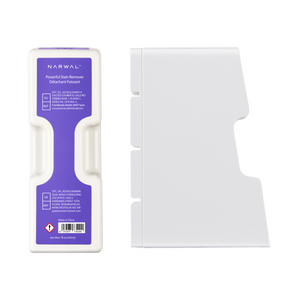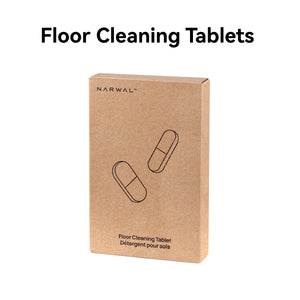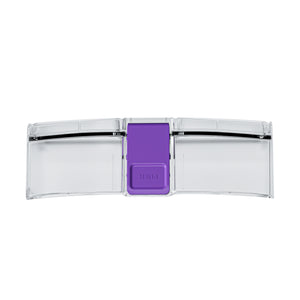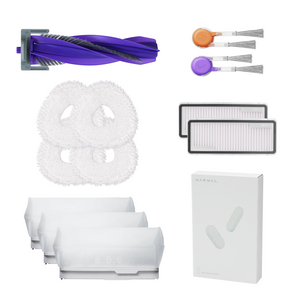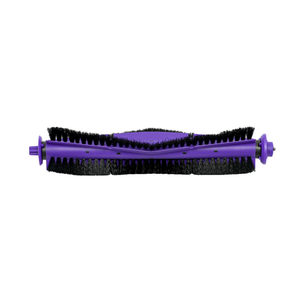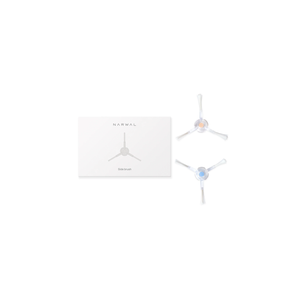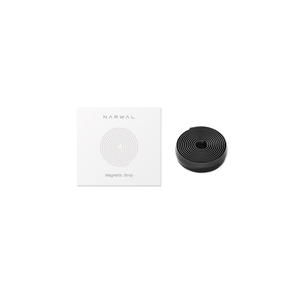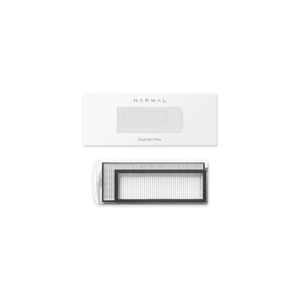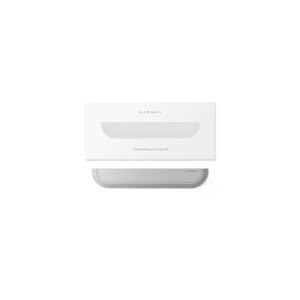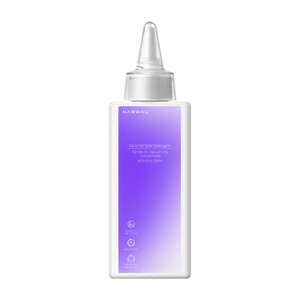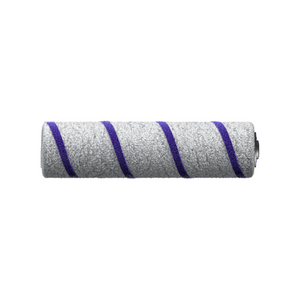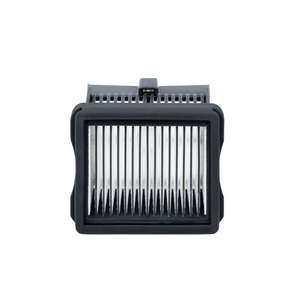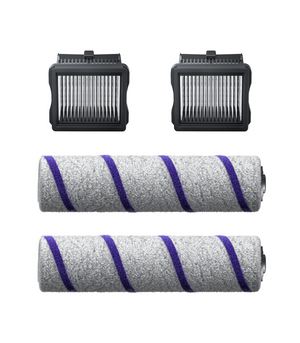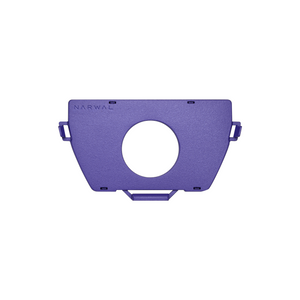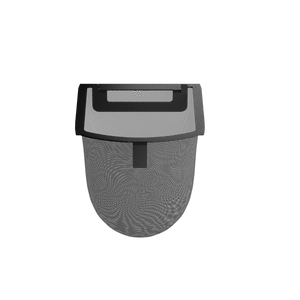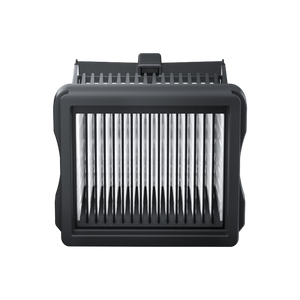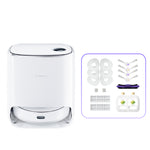Getting rid of an old vacuum isn’t as simple as dragging it to the curb. Tossing it in the trash can harm the environment, violate local regulations, and waste materials that could be reused. Whether your vacuum still works or has stopped completely, there’s a better way to let it go.
In this guide, you’ll learn how to dispose of a vacuum cleaner properly. We’ll cover what to do if it’s still usable, how to recycle one that’s not, and why proper disposal matters more than you might think. Finally, we’ll break down what Canadian laws say about e-waste, so you stay compliant and responsible.
How to Dispose of a Vacuum Cleaner?
If your vacuum cleaner still works, the best way to dispose of it is to donate, resell, or give it away. If it's broken beyond repair, you should recycle it or take it to a proper waste facility.
In the sections below, we’ll walk through how to prepare your vacuum for donation or resale, and what to do when recycling is the only option. These steps can help you reduce waste, follow local regulations, and make sure your vacuum gets a second life or a proper end.
How to Donate or Sell a Vacuum Cleaner?
If your vacuum cleaner still runs properly, giving it a second life is both practical and environmentally friendly. Start by checking its condition. A vacuum that turns on, maintains suction, and has no major damage is generally acceptable for resale or donation.
Step 1: Clean the Vacuum Thoroughly
Empty the dustbin or replace the bag. Wipe down the exterior, remove hair from the brush roll, and clean or replace filters if needed. A well-cleaned machine looks more trustworthy and hygienic for the next user.
Step 2: Gather All Accessories
Look for any attachments that came with the vacuum, like extension wands, crevice tools, or dusting brushes. Include the user manual if available. Buyers and donation centers appreciate complete sets.
Step 3: Choose the Right Outlet
-
To donate: Reach out to local shelters, non-profits, or thrift stores like Goodwill or Habitat ReStore. Always call ahead to check their policies. Some only accept small appliances in working condition.
-
To give away: Use neighborhood groups or platforms like Buy Nothing, Nextdoor, or local Facebook groups. Be clear in your listing about the vacuum’s condition.
-
To sell: Post on platforms like Facebook Marketplace or Kijiji. Include photos, a brief honest description, and the reason you're selling. Clean, working vacuums often find new homes quickly at low prices.
Step 4: Handle the Handoff Smoothly
For in-person exchanges, meet in a public place or arrange porch pickup. Pack the vacuum securely if you’re donating it in-store or mailing it.
By giving your vacuum a new home, you’re reducing waste and helping someone access a useful tool at little to no cost.
How to Recycle a Vacuum Cleaner?

If your vacuum cleaner no longer works, recycling it is the most responsible way to dispose of it. Vacuums are considered e-waste and contain materials like plastic, metal, wiring, and sometimes batteries that should not go in the regular trash.
Step 1: Remove the Battery if Applicable
If you’re dealing with a robot vacuum or a cordless model, start by removing the lithium-ion battery. Check the user manual for instructions. Place the battery in a separate bag and take it to a designated battery recycling drop-off, commonly available at hardware stores or municipal depots.
Step 2: Disassemble if Possible
Detach removable parts like the hose, dustbin, filter, and attachments. This helps sort the different materials and makes recycling easier for the facility. If the vacuum is compact or sealed, don’t worry about full disassembly—just remove any obvious components.
Step 3: Clean Out Major Debris
Quickly wipe off dirt or dust and empty any remaining contents. While full cleaning isn't required, removing loose debris helps avoid contamination in the recycling process.
Step 4: Find a Local E-Waste Recycling Program
-
Search for your city’s official e-waste collection program or visit your municipal waste management website.
-
Many provinces in Canada offer household hazardous waste drop-off events or permanent depots that accept small appliances.
-
If you live in an area with curbside pickup for electronics, confirm the pickup dates and preparation rules.
Step 5: Drop Off at a Verified Facility
Take your vacuum to a recycling center that accepts small household appliances. If your vacuum has metal components, you can also check with local scrap yards. Be sure to mention that it is e-waste, not regular metal junk.
By recycling your vacuum correctly, you keep harmful materials out of landfills and support the recovery of valuable resources like copper, steel, and durable plastics.
What to Choose After Disposing of Your Old Vacuum?
Once your old vacuum is out of the way, it’s the perfect time to upgrade to a smarter, more efficient cleaning solution. If you're ready to move beyond traditional ones, Narwal offers some of the most advanced robotic vacuums on the market today.
What makes Narwal stand out is its fully automated system that combines vacuuming and mopping with minimal user input.
The built-in self-cleaning station handles mop maintenance on its own, so you don’t have to touch dirty pads or waste time with manual rinsing. Intelligent mapping ensures efficient navigation across your floors, adapting to layouts with precision and care.
Narwal is built for people who want their homes clean without the hassle. If you’re ready for a more thoughtful approach to cleaning, Narwal is a smart move forward.

Why Responsible Disposal of Vacuums Matters?
Disposing of a vacuum cleaner properly is important because it protects the environment, reduces waste, and prevents harmful substances from entering ecosystems.
Vacuums are built with materials like plastics, metals, wiring, and sometimes lithium batteries. If tossed into regular garbage, these components can release toxins into soil and water, create fire risks, or sit in landfills for decades. Batteries may leak or explode under pressure, and microplastics can pollute groundwater.
Here’s detailed reason:
-
Protects the environment by keeping hazardous materials out of landfills
-
Reduces electronic waste that would otherwise take years to break down
-
Allows recovery of valuable materials like copper, steel, and reusable plastics
-
Supports recycling industries and lowers the demand for raw materials
- Ensures compliance with Canadian waste laws, especially for electronics and batteries
The environmental impact is real, but so are the legal responsibilities. Let’s take a look at how Canadian regulations treat small appliance disposal.
Legal Rules for Vacuum and E-Waste Disposal in Canada
Canada has clear rules for disposing of e-waste, including vacuum cleaners. These laws vary by province but follow a shared principle: electronic devices must not go in household trash.
Canada has clear rules for disposing of e-waste, including vacuum cleaners. These laws vary by province but follow a shared principle: electronic devices must not go in household trash.
Key points to know:
-
Extended Producer Responsibility (EPR) programs in provinces like Ontario, British Columbia, and Québec require manufacturers to help manage end-of-life products.
-
In Ontario, the Resource Productivity and Recovery Authority (RPRA) oversees appliance recycling and mandates drop-off at approved facilities.
- In British Columbia, the ElectroRecycle program accepts vacuums at depots province-wide.
-
Many municipalities ban curbside disposal of vacuums with electronics or batteries. Improper handling can result in fines.
-
Lithium batteries must be removed and recycled through certified battery collection points.
Staying compliant is easy when you know where to go and what steps to take. Responsible disposal isn't just better for the environment, but also keeps you aligned with Canadian law.

Make Better Choices When You Dispose of a Vacuum Cleaner
Disposing of a vacuum cleaner is more than getting rid of an old appliance. It reflects your awareness of how small actions contribute to a cleaner, safer environment. Whether you donate, recycle, or follow local e-waste rules, your choice helps protect natural resources and reduce long-term harm.
By now, you know how to handle a used vacuum the right way. That knowledge puts you in a better position to act responsibly and avoid common mistakes that many overlook.
If your vacuum has reached the end of its life, it may be time to upgrade to something smarter. Narwal offers robot vacuums designed for durability, low maintenance, and clean energy use. You get powerful cleaning with less waste and more peace of mind.
Make a thoughtful choice. Start fresh with Narwal.











